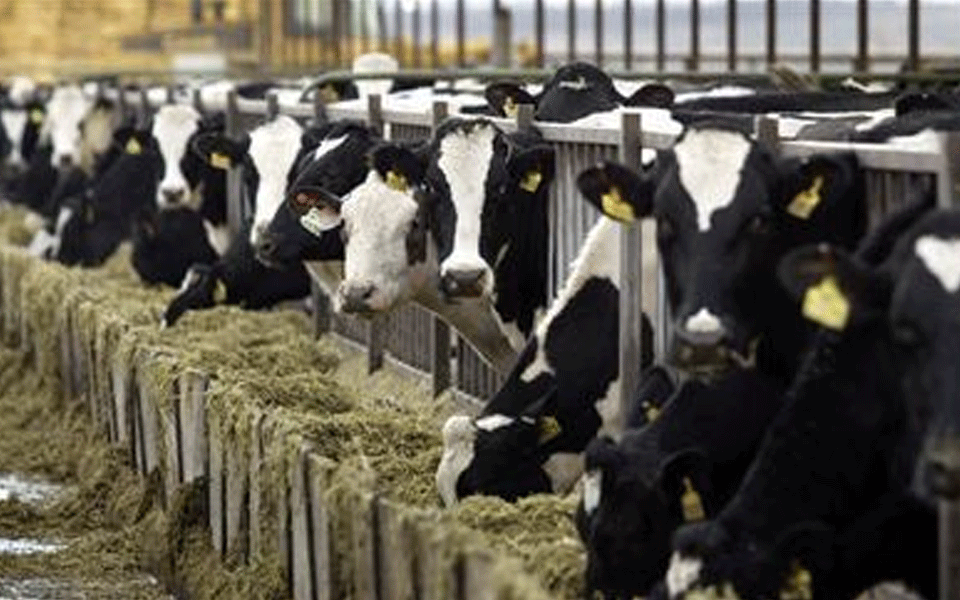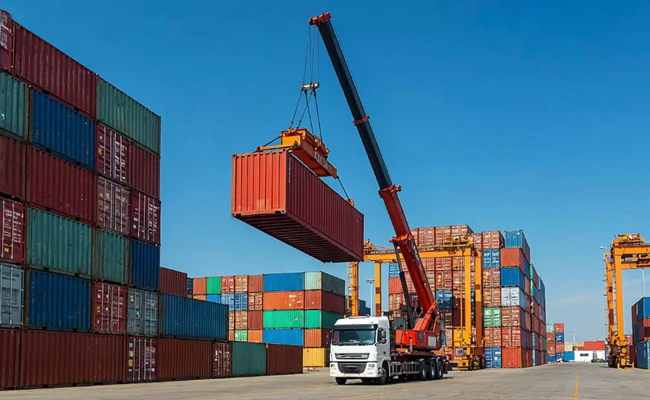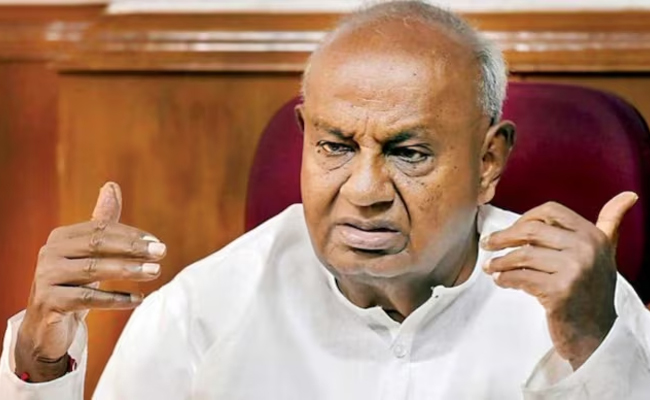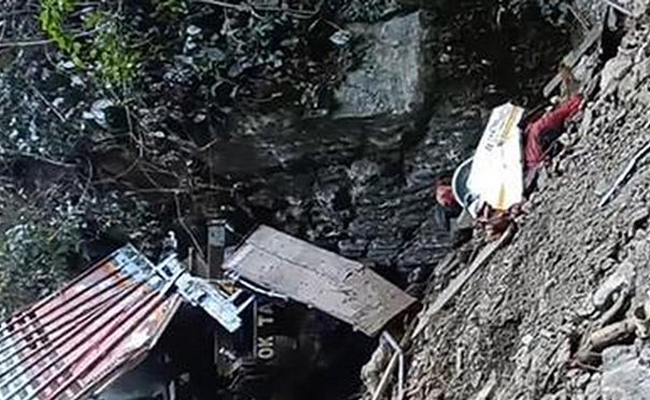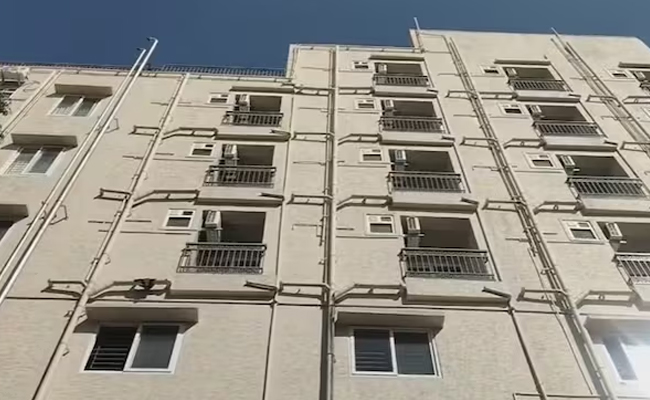Rajasthan government increased stamp duty on cattle safety in the recent times. Now, the same govt is hiking taxes on alcohol, again, towards cattle protection, or Gau Rakshan in other words. We are sure people may have no objections to extra taxes being levied on alcohol and even if there is, one may not even express/demonstrate it. But, so far the state hasn’t elaborated on how it would use the money thus collected for cattle protection. In the days to come, cattle protection as a reason may see more taxes being levied on many services/products across many states in North India.
At the same time, the government needs inform the public about how it would use the cattle protection money collected under various headers. Collecting funds in the name of cattle is happening in the country for the first time ever in the history of the country. Does that mean the cattle weren’t safe so far? Did any expert submit any report regarding diminishing number of cattle or declared cattle as endangered species? The farmers who rear these cattle never took to streets seeking protection for cattle. Why would the govt take up this task? Cattle are not wild animals that live on the fringes of the forest. What is government’s ‘self-goal’ in working on this purpose? Cattle are not animals that can safeguard themselves in wilderness. Their lives are intertwined with those of farmers or those who rear them. In fact history reveals that India is always known for cattle rearing than cattle protection. Gau Rakshaks are not the reason for the safety of the cattle breed. The farmers have been breeding cattle as part of their livelihood. Cattle rearing has more economic reasons to be carried out, than the religious ones. Farmers would naturally care for cattle till dairy farming remains a profitable business. When it goes downhill, the farmers cannot afford to keep the animals for the love of it. At this juncture the government will have to step in for the rescue operations and save the cows. Keeping dairy farming profitable is the lone option to ensure cattle safety. At one stage, the very cows have turned into a challenge for the farmers. But for BJP govt, cows are a matter of emotional importance. The farmers who are rearing cows have become victims of govt policies around cow rearing.
Cattle are the property of farmers who reserve the right to sell them or when to dispose them off because he has invested his precious and rare financial resources on them. Other aspects of dairy farming are profitable too. While milk and its by products can yield good profit, the cow dung makes for excellent fertilizer. This does not mean all cows need to provide milk to justify their lifetime. While there are cows, there are Oxen too. These days, nobody uses the ox to till or plough the field. And when cattle stop being productive, they sell them to traders since rearing them after that point becomes a liability for the owner. With the money they get from selling the cows, they provide food for more cattle in their sheds. Hence farmers sell the cows that stop being useful, just so that they can provide for other cows. Poor people sell cows to make for their expenses whenever they need resources or to meet any sudden need for funds. This also has another strategy. Beef is packed with rare proteins that other meats lack. It is also the most economic meat that easily available. Long ago, even the poor would serve beef at their family functions. The logic of consuming beef would contributed to cattle turning into rare animals, itself lacks a solid argument. Because farmers do not rear cows for meat, but meat is procured only when the cows are slaughtered at the butcher’s for the very purpose. These are the cows that have been given up on, by their owners. The govt is planning on opening Cow Rescue centres or Gaushalas. This would rob the farmers of one source of income, if the cattle are forcefully taken away. Goshalas are a massive scam waiting to happen too. All the money collected in the name of cattle preservation would reach the deep pockets of pretentiously spiritual gurus and make the, richer. Not only this, youths forming gangs in the name of Gau Rakshaks has also crossed all limits of tolerance. Gau Rakshaks are nothing but goondas in groups, sanctioned by the government. The cattle traders have been attacked and assaulted sometimes even killed as well. If this continues, not many traders would buy cattle. And as far as the sellers are concerned, there are gory days ahead with surplus demand and no supply. This would turn the whole village economic ecosystem upside down increasing joblessness. In the days to come, it is highly possible that cow rearers or traders will turn away from this issue altogether. Till such time, it’s a free run for the others.
Let the Truth be known. If you read VB and like VB, please be a VB Supporter and Help us deliver the Truth to one and all.
New Delhi (PTI): India has proposed a preferential trade agreement (PTA) with Mexico to help domestic exporters deal with the steep tariffs announced by the South American country, a top government official said on Monday.
Mexico has decided to impose steep import tariffs - ranging from about 5 per cent to as high as 50 per cent on a wide range of goods (about 1,463 tariff lines) from countries that do not have free trade agreements with Mexico, including India, China, South Korea, Thailand and Indonesia.
Commerce Secretary Rajesh Agrawal said that India has engaged with the country on the issue.
"Technical level talks are on...The only fast way forward is to try to get a preferential trade agreement (PTA) because an FTA (free trade agreement) will take a lot of time. So we are trying to see what can be a good way forward," he told reporters here.
While in an FTA two trading partners either significantly reduce or eliminate import duties on maximum number of goods traded between them, in a PTA, duties are cut or removed on a limited number of products.
Trading partners of Mexico cannot file a compliant against the decision on imposing high tariffs as they are WTO (World Trade Organisation) compatible.
The duties are within their bound rates, he said, adding that their primary target was not India.
"We have proposed a PTA because its a WTO-compatible way forward... we can do a PTA and try to get concessions that are required for Indian supply chains and similarly offer them concessions where they have export interests in India," Agrawal said.
ALSO READ: Mexico's Congress approves higher tariffs on goods from India, China and non-FTA nations
Citing support for local production and correction of trade imbalances, Mexico has approved an increase in MFN (most favoured nation) import tariffs (5-50 per cent) with effect from January 1, 2026 on 1,455 tariff lines (or product categories) within the WTO framework, targeting non-FTA partners.
Preliminary estimates suggest that this affects India's around USD 2 billion exports to Mexico particularly -- automobile, two-wheelers, auto parts, textiles, iron and steel, plastics, leather and footwear.
The measure is also aimed at curbing Chinese imports.
India-Mexico merchandise trade totalled USD 8.74 billion in 2024, with exports USD 5.73 billion, imports USD 3.01 billion, and a trade surplus of USD 2.72 billion.
The government has been continuously and comprehensively assessing Mexico's tariff revisions since the issue emerged, engaging stakeholders, safeguarding the interests of Indian exporters, and pursuing constructive dialogue to ensure a stable trade environment benefiting businesses and consumers in both countries.
ALSO READ: Search operation ends in Anjaw truck accident, 20 bodies recovered
Federation of Indian Export Organisations (FIEO) Director General Ajay Sahai has said that Mexico's decision is a matter of concern, particularly for sectors like automobiles and auto components, machinery, electrical and electronics, organic chemicals, pharmaceuticals, textiles, and plastics.
"Such steep duties will erode our competitiveness and risk, disrupting supply chains that have taken years to develop," Sahai said, adding that this development also underlines the little urgency for India and Mexico to fast-track a comprehensive trade agreement.
Domestic auto component manufacturers will face enhanced cost pressures with Mexico hiking duties on Indian imports, according to industry body ACMA.

